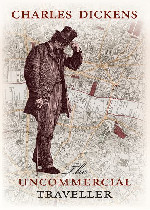
The Uncommercial Traveller(不做生意的旅行者) 立即阅读
The Uncommercial Traveller is a collection of literary sketches and reminiscences written by Charles Dickens, published in 1860-1861. In 1859 Dickens founded a new journal called All the Year Round and the Uncommercial Traveller articles would be among his main contributions. He seems to have chosen the title and persona of the Uncommercial Traveller as a result of a speech he gave on 22 December 1859 to the Commercial Travellers' School London in his role as honorary chairman and treasurer. The persona sits well with a writer who liked to travel, not only as a tourist, but also to research and report what he found visiting Europe, America and giving book readings throughout Britain.
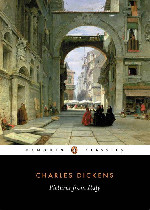
Pictures from Italy(意大利风光) 立即阅读
Pictures from Italy is a travelogue by Charles Dickens, written in 1846. The book reveals the concerns of its author as he presents, according to Kate Flint, the country "like a chaotic magic-lantern show, fascinated both by the spectacle it offers, and by himself as spectator". In 1844, Dickens took a respite from writing novels and for several months traveled through France and Italy with his family. They visited the most famous sights: Genoa, Rome, Naples (with Vesuvius still smouldering), Florence and Venice. In his travelogue the author portrays a nation of great contrasts: grandiose buildings and urban desolation, and everyday life beside ancient monuments. But it is his encounters with Italy's colorful street life that capture the imagination.
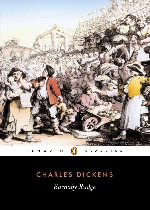
Barnaby Rudge: A Tale of the Riots of Eighty (commonly known as Barnaby Rudge) is a historical novel by British novelist Charles Dickens. Barnaby Rudge was one of two novels (the other was The Old Curiosity Shop) that Dickens published in his short-lived (1840–1841) weekly serial Master Humphrey's Clock. Barnaby Rudge is largely set during the Gordon Riots of 1780. Barnaby Rudge was the fifth of Dickens' novels to be published. It had originally been planned to appear as his first, but changes of publisher led to many delays, and it first appeared in serial form in the Clock from February to November 1841.
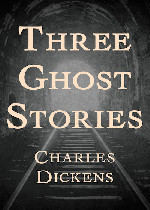
Three Ghost Stories(三个鬼故事) 立即阅读
As a gifted writer with a strong interest in supernatural phenomena, Charles Dickens produced a string of ghost stories with enduring charm. Three of them are presented here, of which The Signal Man is one of the best known. Though quite different from his most celebrated realistic and humorous critical novels, these ghost stories, Gothic and grotesque as they are, are of good portrayal, and worth a read/listen.
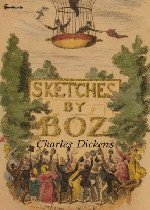
Sketches by "Boz," Illustrative of Every-day Life and Every-day People (commonly known as Sketches by Boz) is a collection of short pieces Charles Dickens originally published in various newspapers and other periodicals between 1833 and 1836. They were re-issued in book form, under their current title, in February and August 1836, with illustrations by George Cruikshank. The first complete one volume edition appeared in 1839. The 56 sketches concern London scenes and people, and the whole work is divided into four sections: "Our Parish", "Scenes", "Characters" and "Tales". The material in the first three sections consists of non-narrative pen-portraits, but the last section comprises fictional stories.
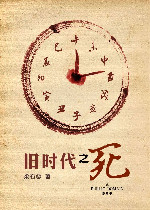
长篇小说《旧时代之死》是作者在艰难辗转的生活途程中创作的。初稿写成于作者从北京返回南方不久的1926年春夏,小说描写“一位落在时代的熔炉中的青年,八天内所受的‘熔解生活’的全部经过”。作者“收拾青年们所失落着的生命的遗恨,结构成这部小说”。小说反映了在动荡黑暗的大革命时代,一些小资产阶级知识分子,既无勇气和决心投入群众的革命洪流,又不愿与旧社会同流合污,犹豫、徘徊,悲观、绝望,最后归于毁灭。这部作品虽存在着基调低沉,结构有些松散,叙述比较拖沓等缺点,但对于当时“站在新时代台前奋斗,或隐在旧时代幕后挣扎的朋友们”,都是有一定启发和教育意义的。它曾得到鲁迅的好评,被认为总还是“优秀之作”。